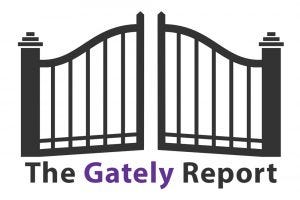Critical infrastructure entities are under increased threat from the Ukraine conflict.

Proofpoint is looking out for its partners and customers, and ensuring their needs are met as the crisis in Ukraine intensifies.
 That’s according to Joe Sykora, Proofpoint’s senior vice president of worldwide channels and partner sales. Russia’s invasion of Ukraine has been accompanied by a barrage of cyberattacks on computer networks and internet-based disinformation campaigns.
That’s according to Joe Sykora, Proofpoint’s senior vice president of worldwide channels and partner sales. Russia’s invasion of Ukraine has been accompanied by a barrage of cyberattacks on computer networks and internet-based disinformation campaigns.

Proofpoint’s Joe Sykora
“Proofpoint doesn’t have any offices [in Ukraine] so it isn’t affected by anything locally,” Sykora said. “But obviously we have customers across the globe. So we need to make sure we have increased awareness for our customers and we’re always tracking our employees. We’re one big family so we’re making sure that we’re taking care of anyone who needs help, and we are aware and making sure everyone at the company is aware around what’s going on.”
Last month, Proofpoint acquired data security startup Dathena. With this acquisition, Proofpoint strengthens its cloud-based security solutions by adding artificial intelligence (AI)-based data classification to its information and cloud security platform. The acquisition increases Proofpoint’s presence and investment in Asia. Dathena is based in Singapore.
What’s in Store for Proofpoint Partners in 2022
In a Q&A with Channel Futures, Sykora talks about how Proofpoint partners will benefit from this acquisition. He also talks about how Proofpoint partners contributed to the company’s 2021 rebound.
Channel Futures: How will the Dathena acquisition benefit Proofpoint’s partners?
Joe Sykora: We’re pretty excited. It’s going to increase our overall information protection strategy. We actually rolled out an information protection specialization for partners at the end of last year. So this will help complement it because with them, obviously, data classification and data discovery are important pieces. So we combine that with our data loss prevention (DLP) solutions and everything else for partners. It kind of just completes the overall package for our partners that are doing that.
Scroll through our slideshow above for more from Proofpoint and more cybersecurity news.
Want to contact the author directly about this story? Have ideas for a follow-up article? Email Edward Gately or connect with him on LinkedIn. |
Read more about:
MSPsAbout the Author(s)
You May Also Like


